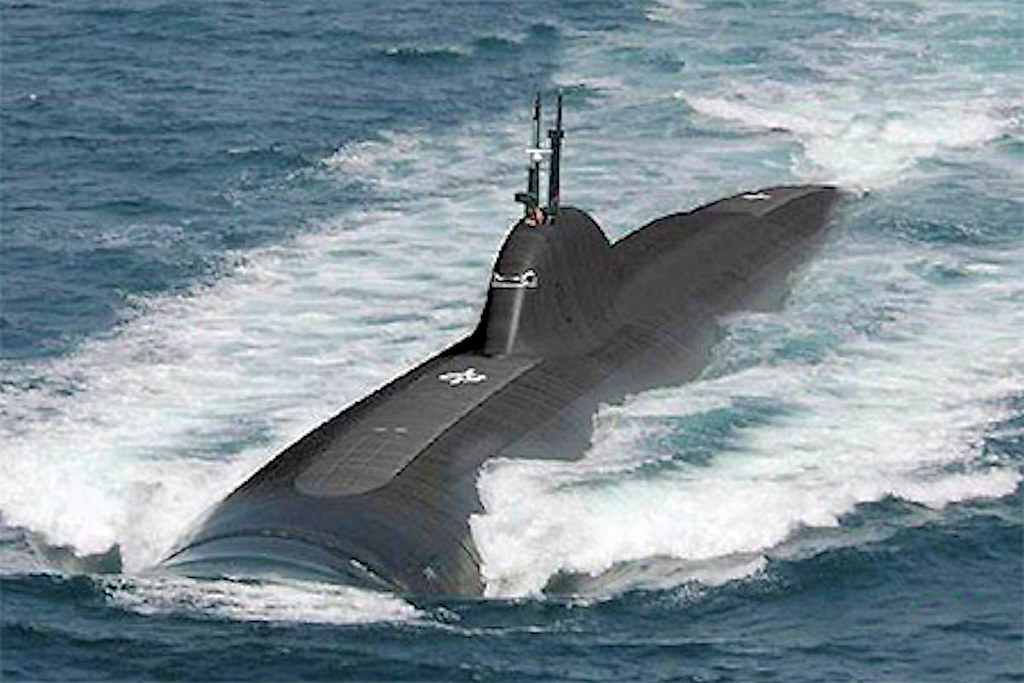2018 ANNUAL
PLAN UPDATE

Note: This report can be seen at the Flickr Site with all of its pictures here:
-or, on my own site here:
Introduction:
For the last 14 years I have produced an annual review of the buildup and modernization of the Chinese Navy, the People's Liberation Army Navy, or "PLAN" as it is called. At the time these reviews started, the PLAN was just embarking on producing more modern vessels, and had acquired a carrier, the old Soviet Varyag, which was the second in their Kuznetsov class, but which was sitting unfinished in Ukraine due to the fall of the Soviet Union. The Chinese indicated at the time that they were buying it through a private company to make it into a casino, but any investigation of that company made it clear that it was a company for the PLAN and that the vessel was being bought by the PLAN. Some felt it was for study. I felt it was for refitting into an operational carrier...which they did.
In the last fourteen years we have now seen the PLAN go from a largely antiquated coastal defense force using mostly updated 1950s technology vessels, to a powerful, modern Navy using vessels surface vessels that compare in in function and technology to our own, and they have built so many of them that they are now clearly the second largest and most powerful Navy in the world, second only to the US Navy. But the PLAN is principally concentrated in th Western Pacific, and therefore has become equal in power and combat capabilities (except for a couple of critical areas which this report will examine) to our own Pacific based fleets. While it is true that with the Japanese, Korean, Australian and other allies in the Pacific, the overall advantage still lies with the western allies, the Chinese show no signs of slowing down their buildup and seem intent on reaching a point where their own fleet matches the combined capabilities of all of those fleets.
As far as the Varyag carrier is concerned, they commissioned the new carrier CV-16, Liaoning in 2012, and have been exercising her with a full load of SU-27 aircraft, which are modernized and upgraded, indigenous built versions of the Russian SU-33 aircraft...but which are better, and being built in larger numbers. Why? To equip more carriers. They launched their second carrier, the indigenous built CV-17 this last year and are building more.
This report will examine, as it has in the past, the principal surface warfare capabilities as well as the submarine capabilities of the PLAN, and their aviation assets.
Carriers:
From this writer's perspective, and as a result of conversing with many others and listening to the chatter that is available on the internet, it is clear that the Chinese have a goal of developing at least a six carrier fleet. To begin with this fleet will consist of the carriers they are building incrementally to ultimately attain their goal of having larger, nuclear powered carriers similar to our own. They are doing this in a three step process, the first of which has now almost reached completion with the building of two STOBAR (Short take off, barrier arrested recovery) which means they take off from a ski jump like the new UK Queen Elizabeth carriers but land with a cable recovery system backed up by a barrier, like our own.
As stated above, this has included the following two carriers:
CV-16 STOBAR, Liaoning launched tested, commissioned, and fully operation. Displacing about 65,000 tons and cabable of carrying 24 strike fighters.


CV-17 STOBAR, Launched, ready to start trials, which is an improved version of the first carrier at about 70,000 tons displacement and capable of carrying about 28 strike fighters.












































